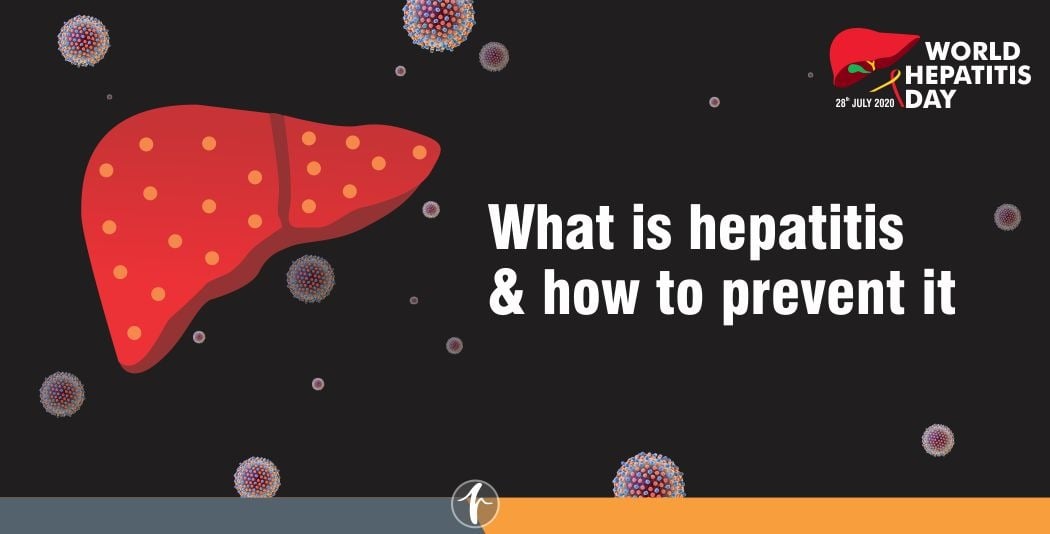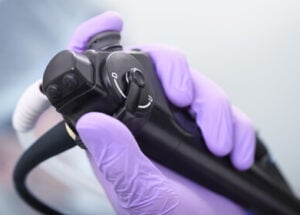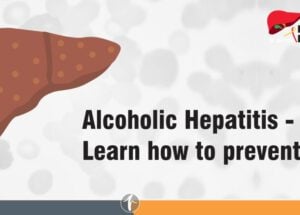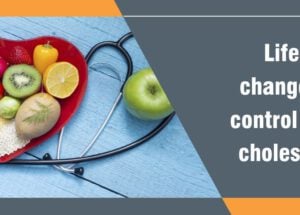Non-Surgical Treatment Options for a Young Arthritic Knee
March 18, 2020

Knee arthritis is so prevalent in our population, with at least 1 in 10 suffering from the problem when they hit their 50s. The problem becomes more pronounced as patients age, but treatment options also become more predictable and reliable. The incidence of the problem is less in the younger population, but from the treatment perspective, a young arthritic knee poses more challenges, as we are looking at treatment options that are predominantly short-term, unpredictable, and less reliable. With a complete cure and reversal not possible at the moment, we can choose from a wide range of treatment options, ranging from physical therapy, drugs, injectable options, to surgical management. Replacement surgeries, both partial and total knee replacement, offer predictable long-term pain relief and mobility in older patients with advanced cartilage damage (grade IV). For milder grades of arthritis (grades I-III), a variety of non-surgical and surgical (non-replacement) options exist that can be catered to the needs and demands of patients. This article would help readers know about non-surgical treatment options for dealing with pain due to mild to moderate knee osteoarthritis.

Physical Therapy/ Exercises

Considering that cartilage has no nerve endings, most of the pain from arthritis comes from different sources, especially in the early phase. Pain comes from muscles and capsulo-ligamentous structures that stabilise and move the joint. Thus, exercises can have an extremely positive effect in the setting of early arthritis. Exercises help to keep the body weight under control, thereby reducing the overall impact on the knee joint. It strengthens muscles and improves bone quality, which improves pain relief and overall performance of arthritic joints. Exercises also help in loading the joint, which is essential for cartilage survival and regeneration since joint cartilage gets its nutrition from diffusion. We typically prescribe both aerobic exercises, which provide rhythmic controlled loading of the knee, and strength training to achieve the desired benefits in younger patients with mild to moderate arthritis.
Medicines
Medicines are aimed at controlling arthritic pain, and their effects can be best termed temporary.
Non-steroidal anti-inflammatory drugs (NSAIDS) have been shown to work and provide effective pain control in osteoarthritis. Their long-term use can be associated with significant systematic adverse effects and is not recommended. Our strategy is to use NSAIDS to provide breakthrough pain relief temporarily when they experience exacerbations due to synovial effusion (excessive fluid collection in the knee due to synovitis), control subchondral bone edema (swelling), but avoid regular usage of these drugs on a long-term basis.
Oral chondro-protective agents such as chondroitin, glucosamine, and hyaluronic acid were introduced with a lot of promise to reverse the arthritic process and help regenerate cartilage. These drugs, however, have failed to show promised results in arthritic patients and have largely been given up. These medicines are no longer recommended as first-line therapy for osteoarthritis.
Injectable Options
A number of injectable therapies can be tried to control pain in knee arthritis. Injectable treatment options are capable of providing longer periods of pain relief and safety compared to oral NSAIDS. Available injectable therapies range from depot steroid formulations to viscosupplements and biological injections such as platelet-rich plasma (PRP) and stem cell preparations. These injections can also be combined to enhance their efficacy and to achieve longer periods of pain relief. They work best in younger patients with mild to moderate arthritis and suffer from intractable pain that doesn’t get relieved by physical therapy and intermittent NSAIDS.
Less water-soluble depot steroids are capable of providing pain relief up to 6 months in select patients and can be used effectively, though safety is a concern. Injectable steroids, though safer than oral steroids, should be used with caution in patients with diabetes and inflammatory arthritis. Viscosupplementation with natural hyaluronic acid formulations helps improve synovial permeability, viscosity, and lubrication to provide pain relief and improve stiffness in arthritic knees. They provide pain relief for periods up to 3 – 6 months, very similar to depot steroids.

Platelet-rich plasma has been shown to be effective in tendon healing and might also have a role in providing pain relief in patients with osteoarthritis. Different PRP formulations are available with variable dosing options. Our preference is to use biologic injectable preparations for symptomatic young patients with early arthritis, while steroid preparations can be opted for in older patients. Our strategy is to use leucocyte-poor PRP in combination with viscosupplementation. Additional doses can be repeated depending on the response. In patients showing a positive response in terms of pain relief, we repeat doses at 2 weekly intervals for a maximum of 3 injections. Positive and long-term pain relief can be expected for up to a year.

Stem cells are another useful strategy to mitigate pain in osteoarthritis. Stem cells are capable of recruiting new cartilage cells to slow down the arthritic process and release growth factors to control inflammation and pain. They are chondro-protective and also provide immunomodulation for pain relief. Stem cells can be safely harvested from a patient’s own body, concentrated, and then injected into the area of concern. They are capable of providing longer pain relief and long-term beneficial effects in a young patient with early arthritis. They are especially useful in patients with chondral defects, post-meniscectomy patients, and can be effectively combined with joint preservation surgeries for arthritis.







